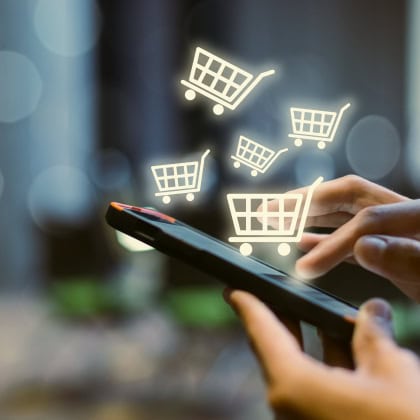Installation of radio modules for Elster gas meters used by Moldovagaz JSC service receivers

Automated collection in Moldovan cities of gas meter readings in multi-storey residential buildings








Explore our advanced remote resource metering devices available for retail purchase with delivery across Europe. Jooby.Store offers a wide range of smart radio modules and sensors for gas, water, heat, and electricity meters.

Jooby is a brand of the Ukraine-based IT company Infomir, which develops, manufactures, and maintains IPTV/OTT devices and smart solutions for street lighting and remote collection of water, gas, heat, and electricity readings.
Since 2020, the company has also been offering industrial additive 3D printing services using its HP Jet Fusion 5210 line.

For over 15 years, Jooby’s team has completed projects to provide users with smart radio modules and helped developers and resource companies integrate automatic remote data accounting.
Check out our latest news and publications

Modern buildings are increasingly being designed with future digitalization in mind, including wireless meter integration. IoT rollout planning now demands that while engineering systems remain the foundation of any facility, they are expected to be both reliable and able to operate within a unified intelligent infrastructure.
Read more
Jooby will participate in the international Enlit Europe 2025 exhibition, taking place on 18–20 November in Bilbao, Spain. We invite industry representatives to visit us at Hall 1, Stand 1.H25, where we will showcase solutions designed to modernize utility infrastructure.
Read more
In every water supply system, there is a gap between the volume of water delivered to the network and the amount actually paid for by consumers. This indicator is known as NRW (Non-Revenue Water) — non-recoverable water. It includes leaks, inaccurate measurements, unauthorized connections, and administrative errors.
Read more
Our experts are always happy to help and promptly answer your questions. Please fill out the form to discuss your project and develop a tailored action plan.

If you can’t find your meter model on the website, please send us a photo of your meter and we’ll add it to the list of compatible devices. Jooby can tailor radio modules to fit any meter.
Thank you, we have received your message. Our manager will contact you shortly.